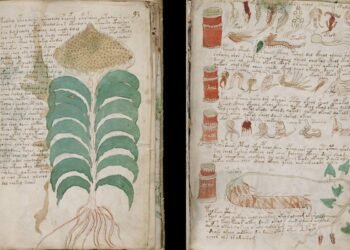A recent DNA analysis of Neanderthal bones from Central Europe dating back around 35,000 years has revealed evidence of tuberculosis (TB). This marks the first identification of TB in Neanderthals, sparking inquiries into its potential role in their extinction. Two separate research studies, published in the journal Tuberculosis in December 2023, shed light on the findings.

The Neanderthal remains were originally discovered in 1932 in Subalyuk Cave, located in the Bükk Mountains of northern Hungary. The cave, significant for its use by both animals and humans over centuries, housed the skeletal remains of a female adult and a child aged around 3 to 4 years at the time of death. Carbon dating conducted in early 2023 confirmed that the child died approximately 33,000 to 34,000 years ago, while the adult passed away earlier, around 37,000 to 38,000 years ago.
The significance of the Subalyuk individuals lies not only in their relatively recent dates of death, coinciding with the Neanderthal extinction, but also in the distinct evidence of skeletal infection found on both. The skeletal changes, identified as lytic lesions reflecting bone loss, were observed in the spine of the adult and the interior of the child’s skull. These lesions strongly indicated a diagnosis of tuberculosis, according to György Pálfi and his team from the University of Szeged in Hungary.
To validate this diagnosis, Oona Lee and her research team from the University of Birmingham in the U.K. conducted DNA analysis on bone samples from the two Neanderthal skeletons. The results were positive for the presence of Mycobacterium tuberculosis DNA, confirming the tuberculosis diagnosis. Spoligotyping, a method used to identify gene sequences of TB in a sample, supported the diagnosis for the child. Additionally, lipid biomarker analysis suggested that both Neanderthals had tuberculosis.

“Based on both the morphological observations and their biomolecular support, we can conclude that tuberculosis was present in Central Europe during the Late Pleistocene, approximately 36-39 thousand years ago,” noted Pálfi and colleagues in one of the studies.
The discovery of tuberculosis in Neanderthals has raised questions about the origin of the disease in these ancient hominins. Filipek, a researcher, cautioned that comprehensive nondestructive analysis should be prioritized, considering the rarity of Neanderthal material. The hypothesis proposed by Lee and her colleagues is that Neanderthals may have contracted TB from large animals, particularly bison, which showed evidence of TB across ancient Europe. This transmission could have occurred as Neanderthals hunted and consumed these animals, posing a dual threat through both direct health risks and the decimation of prey animal populations.
Furthermore, the researchers speculate that TB might have contributed to the extinction of Neanderthals. They suggest that this hypothesis should be thoroughly investigated in future research.






















